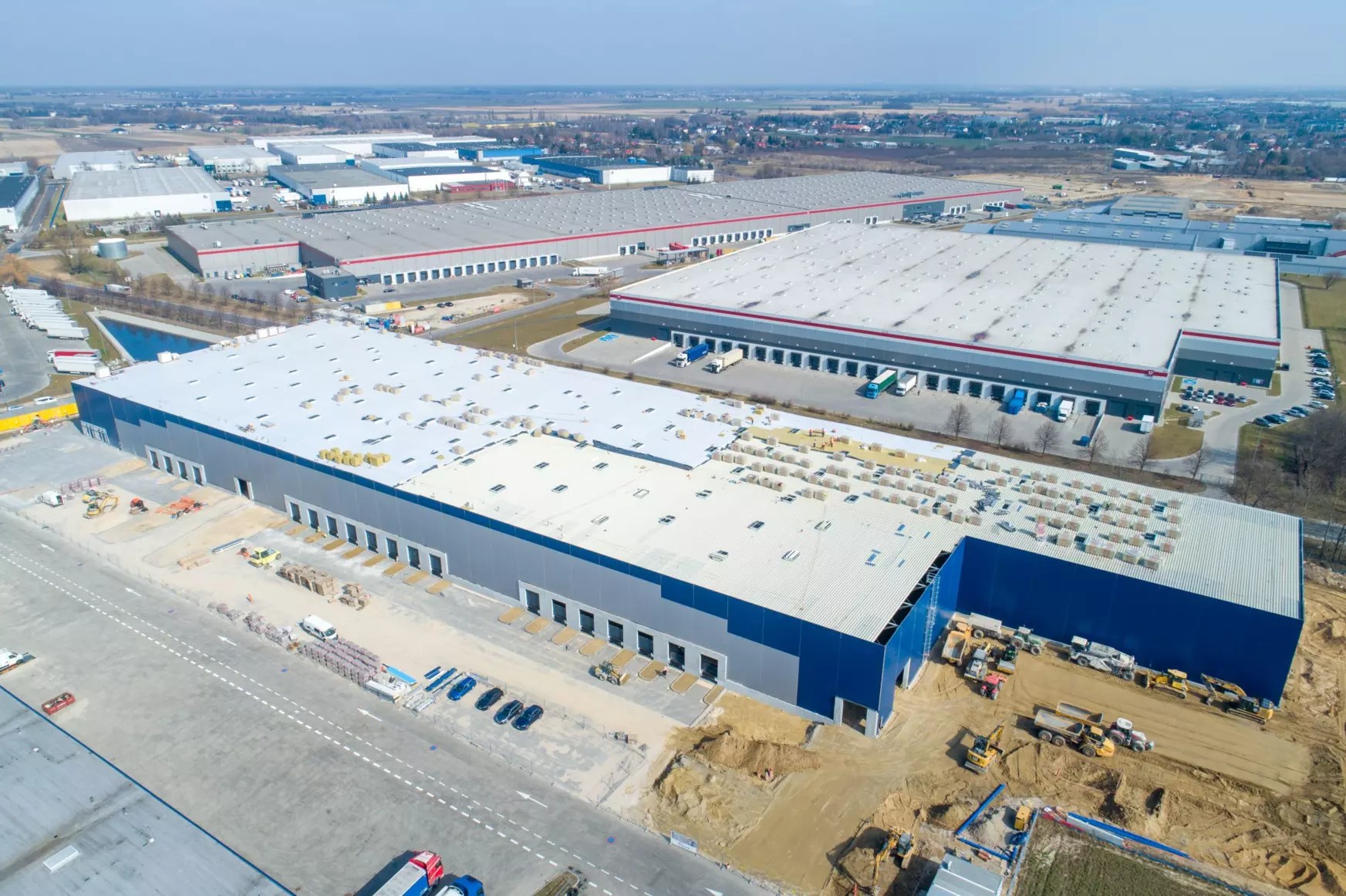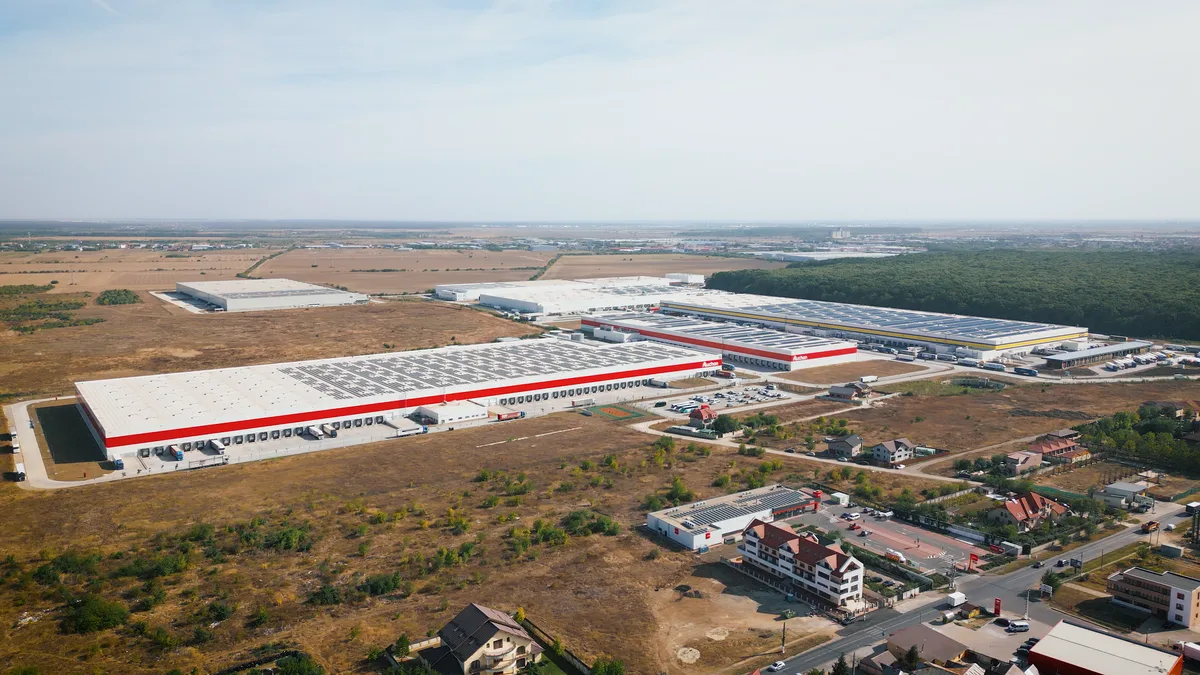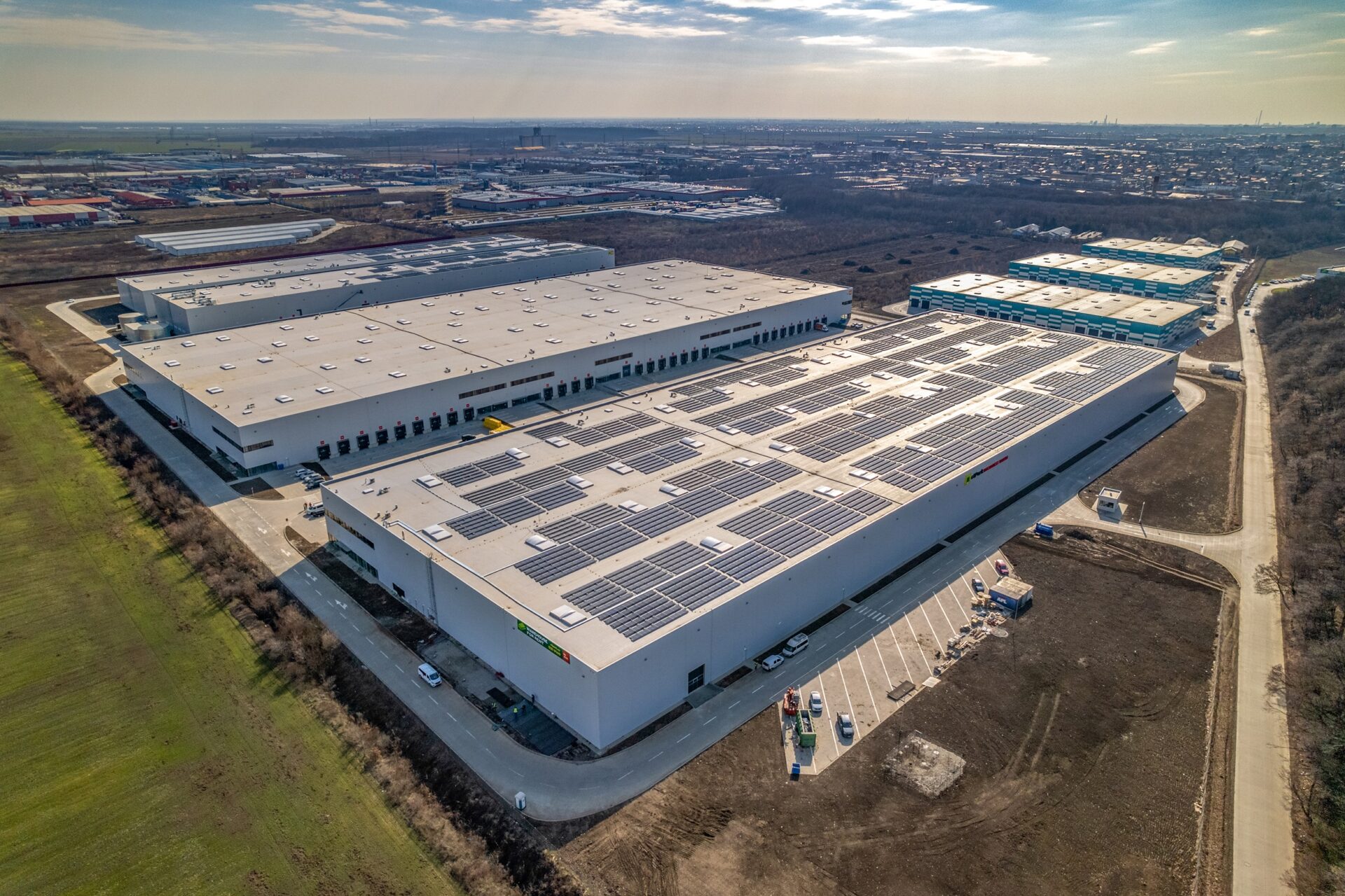According to “Occupier Insight: Poland – Industrial and Economic Overview”, a report prepared by real estate advisory firm Cresa, total take-up volume in 2020 hit a record high of 5.2 million sqm in 2020, up by 28 percent on the previous year and 139 percent of the annual average from 2015-2019.
“2020 was without a doubt a very extraordinary year, during which the country’s economy and commercial real estate market had to measure up to unprecedented challenges resulting in structural changes which will reshape the business landscape for years to come. Although the initial high levels of uncertainty appear to have subsided, enterprises are continually being forced to rethink and adapt their business models to new realities, which in turn will result in new opportunities arising,” says Tom Listowski, Partner, Head of Industrial & Warehouse Department for Central and Eastern Europe at Cresa.
At the end of 2020, the stock of modern warehouse and industrial space amounted to 20.7 million sqm, which gave an increase of 12% for the year. Developers delivered around 2 million sqm of space to the market, of which close to 300,000 sqm was handed over in the last quarter. Most of the space – 676,000 sqm was completed in the third quarter. This means that the new supply was lower than the previous year by 29 percent mainly due to the fact that speculative developments were revised downwards. Most of the new supply was delivered in Mazovia and Silesia, accounting for 441,000 sqm and 424,400 sqm respectively.
Around 2 million sqm of warehouse space was under construction at the end of 2020. The voivodeship with the largest development activity was Silesia (400,700 sqm) and Masovia (368,400 sqm).
The most active developer was Panattoni, who was responsible for 61 percent of the space under construction. The second was 7R, with a 23 percent share.
Total take-up volume in 2020 hit a record high of 5.2 million sqm, up by 28 percent year-on-year. Tenant activity peaked in the last quarter, with gross demand of 1.5 million sqm (excluding short-term leases). Total transaction volume stood at 139 percent of the annual average from 2015-2019.
In terms of types of transactions, new leases accounted for 49 percent of total take-up, followed by renegotiations (31 percent), BTS (14 percent) and expansions (6 percent). Demand for warehouse space was driven mainly by e-commerce, followed by 3PL’s, courier companies, retailers, and light manufacturing.
The largest deals of 2020 were two transactions signed by Amazon: a record-breaking transaction signed at Panattoni’s BTS park, located in Świebodzin (Lubuskie region) for 200,400 sqm as well as a deal for 73,000 sqm at Hillwood’s Łódź Górna project (Central region).
Poland’s overall vacancy rate at the end of Q4 2020 stood at 6.9 percent, down by 0.6 p.p year-on-year. The highest level of vacancy was recorded in Świętokrzyskie (20.6 percent) and Kuyavian-Pomeranian voivodeship (9 percent). Around 1.4 million sqm was vacant in existing warehouse buildings in Poland compared to 551,100 sqm of vacant space in buildings under construction.
The total investment volume in the warehouse and industrial sector in 2020 was at a record high and amounted to €2.6 billion, up by 65 percent in comparison to the previous year.
FORECAST
Poland, with its solid economic foundations, appears to have been able to get through many of the stumbling blocks faster than other western European countries. The development of the country, which took place in recent years, has definitely paid off during the Covid-19 worldwide pandemic. It has made Poland one of the most attractive locations for new investments.
“In regards to supply and demand dynamics, we expect 2021 to show a continuation of the same trends which we saw in 2020. Developers will provide greater emphasis in terms of the design of warehouses or light-manufacturing facilities. More technologically advanced and environmentally friendly buildings are no longer an option, but a must-have,” says Iga Kraśniewska, Research Manager at Cresa Poland.
A warehouse is an ecosystem of various functions, including specialist equipment, software, inventory management, automation, detectors, and robotics, to list just a few. Modern warehouse buildings are now focused on efficiency, sustainability and reducing carbon footprints and also employee well-being.
There will be a roll-out of more in-town warehouse projects across major regional markets. Development activity will also accelerate in areas located close to the intersections of major transportation routes, close to the western border and sites near seaports that are experiencing significant growth. Cresa also expects more Build to Suit projects as occupiers deviate away from traditional warehouse/light manufacturing buildings and opt for facilities designed exactly in accordance with their operational and fit-out requirements.
Companies that experienced disruptions in global supply chains will relocate some of their manufacturing and logistics closer to their customer bases, including Poland. We also expect growing interest in Poland from companies currently located in the UK, who may look to relocate industrial functions to continental Europe as a result of BREXIT.
“In 2021, we will face restructuring, reorganization of supply chains and realignment to new market realities. The industrial and logistics market is in great shape as the supply and demand dynamics in the warehouse market remain strong. Poland is a very attractive location for tenants and investors in terms of availability of warehouses and development sites, operating costs, investment incentives, skilled labour and rental rates in comparison with other European countries,” says Tom Listowski.







